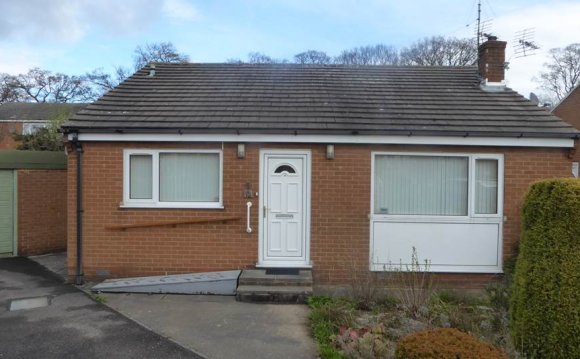
A Everything you have told me points to a problem with your central heating system. You say that some rooms remain cold, "even when the central heating is on", and this indicates that you are using the heating irregularly. The best approach to heating a masonry-built house in cold weather is to have the heating on permanently, with a low boiler temperature, as discussed regularly in this column.
Your "breeze block shadow" is patternstaining that shows up the blockwork joints on the inside of the external walls. This occurs when condensation forms on the mortar joints - because the mortar has a lower thermal insulation value than the lightweight blocks themselves. Over time, house dust will adhere to this damp surface, accentuating the pattern of the blockwork.
Your home is only 16 years old, and will have been built with a reasonable standard of insulation. Presumably it also has a gas-fired central heating system that will, similarly, have been specified to the standards of the day. If the central heating is so inadequate that you are having to augment it with electric convector heaters (costing four times as much to run) then there must be a major problem with the system, and I suggest you engage a registered heating engineer to investigate.
On the other hand, it might be that you don't understand how to operate the timer and thermostats, and the engineer will be able to explain this.
PIV is basically a rather expensive electric fan in the loft that forces fresh air into the house. Mechanical ventilation can be useful in situations such as bathrooms, or internal rooms with no windows, but for a whole house it seems to me like a waste of money. You could achieve the same result more cheaply by opening a few windows. But in your case I suspect the main problem is that your central heating needs using properly.
CONDENSATION IN THE AIR
We had a new water meter fitted two years ago (I reported a malfunction in the old one). Very recently we discovered that faulty fibre washers were causing a leak and I got in a local plumber. Since then we have noticed condensation on the stop-valve, and other pipes that circulate the water via a water softener before going into the normal system. I have lagged these pipes with the "splittable" foam sleeving, but this has not completely cured the problem. The stopcock and water softener are both housed in a deep cupboard in the bungalow hall. What causes the problem, and why has it just become apparent?
BM, by email
A Condensation occurs when warm, moist air hits cold surfaces. In the winter, the water entering your home via the mains will be cold, and the pipes it flows through will therefore be below dew point temperature, causing condensation to form on them. Lagging the pipes will not stop condensation forming - it will just hide it from view.
I can't say why you haven't noticed this phenomenon in previous winters, but I am sure it will have been happening. Neither the replacement of washers on the water meter, nor the presence of your water softener, will have any effect on the incidence of condensation on cold water pipes.









